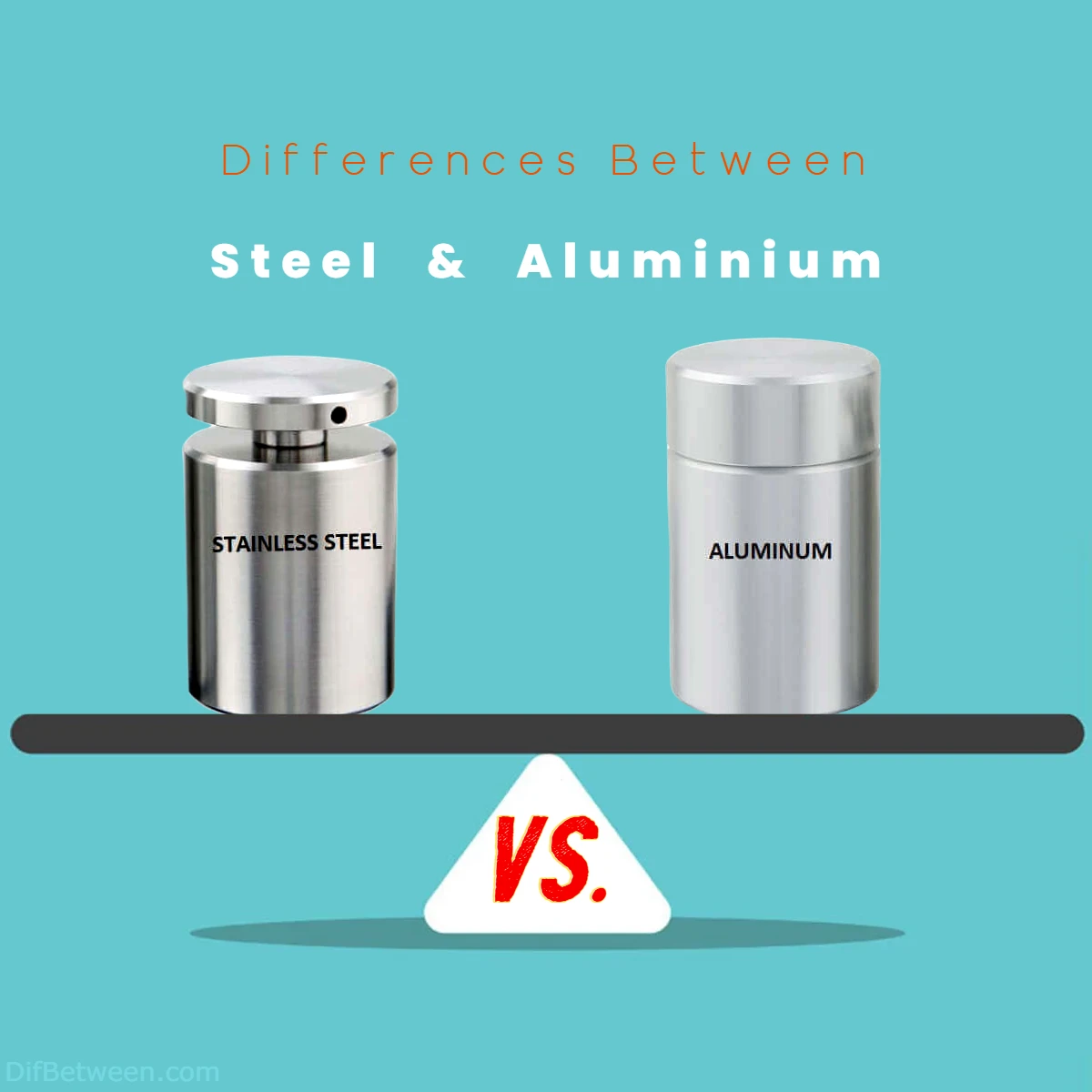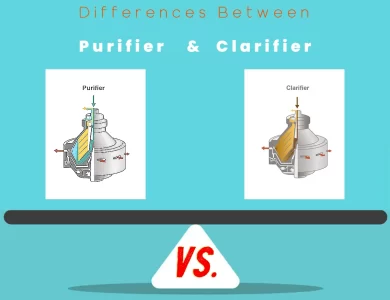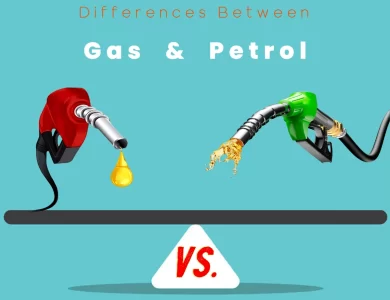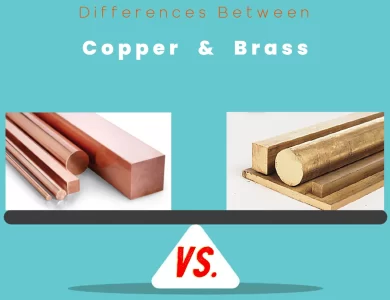
| Aspect | Steel | Aluminum |
|---|---|---|
| Composition | Alloy of iron and carbon with other elements | Pure metal extracted from bauxite ore |
| Types | Carbon steel, stainless steel, alloy steel | Various alloys like 6061, 5052, 7075 |
| Strength | High tensile and compressive strength | Moderate tensile strength |
| Rigidity | High | Lower than steel |
| Ductility | Lower | Higher |
| Impact Resistance | Good | Better due to higher energy absorption |
| Thermal Conductivity | Moderate to good | Excellent |
| Corrosion Resistance | Susceptible to corrosion | Forms oxide layer that resists corrosion |
| Natural Corrosion Protection | Limited | Formidable oxide layer |
| Heat Resistance | Good | Lower than steel |
| Weight | Denser than aluminum | Lighter than steel |
| Cost | Generally less expensive by weight | Often more expensive per unit weight |
| Recyclability | Highly recyclable | Highly recyclable |
| Applications | Construction, machinery, automotive | Aerospace, transportation, packaging |
| Energy Efficiency | Lower energy efficiency in transport | Higher energy efficiency in transport |
| Manufacturing | Requires more energy-intensive processes | Less energy-intensive processes |
| Welding and Joining | Easily welded and joined | Requires specialized techniques |
| Environmental Impact | Requires more resources to produce | Requires less energy to produce |
| Innovation and Development | Advancing with new alloys and tech | Continuously improving alloys and tech |
| Specific Industry Considerations | Building, heavy machinery, automotive | Aerospace, transportation, electronics |
As we delve into the nitty-gritty, you’ll discover that steel boasts the strength of a titan, making it a cornerstone in the construction and automotive realms. Meanwhile, aluminum unveils its lightweight charm, taking flight in aerospace and transportation sectors.
Differences Between Steel and Aluminium
The main differences between steel and aluminum lie in their composition and properties. Steel is an alloy of iron and carbon, renowned for its strength and durability. It comes in various types like carbon steel, stainless steel, and alloy steel, each tailored for specific applications. In contrast, aluminum is a lightweight metal with excellent corrosion resistance. Its malleability and high thermal conductivity make it ideal for industries like aerospace and transportation. While steel excels in strength, aluminum shines in weight-saving efficiency, creating a dynamic balance of attributes that cater to diverse needs across industries.
Composition and Structure
Steel: Strength in Diversity
Steel, a popular alloy of iron and carbon, boasts exceptional strength and durability. Its composition can be tweaked by adjusting the carbon content and incorporating other elements like manganese, chromium, or nickel. This versatility results in various types of steel, such as carbon steel, stainless steel, and alloy steel, each tailored to specific applications.
Carbon content plays a pivotal role in defining the properties of steel. Low carbon levels (up to 0.3%) yield mild steel, which is easy to shape and weld but has relatively lower strength. Medium carbon (0.3% to 0.6%) and high carbon (above 0.6%) steels offer increased hardness and tensile strength, making them suitable for structures and machinery.
Advantages of Steel:
- Strength: Steel is renowned for its robustness, making it suitable for heavy-duty applications such as construction, automotive, and industrial equipment.
- Versatility: Its various types cater to different needs; stainless steel’s corrosion resistance is ideal for kitchen appliances, while tool steel’s hardness suits cutting tools.
- Recyclability: Steel is highly recyclable, contributing to sustainability efforts.
Aluminium: Lightweight and Corrosion-Resistant
Aluminum, in contrast, is a lightweight and corrosion-resistant metal. It forms naturally as bauxite and is refined into aluminum oxide, which is then electrolyzed to obtain pure aluminum. The resulting metal is soft and malleable, which is often a desirable attribute.
Aluminum’s low density (about one-third that of steel) imparts excellent strength-to-weight ratio, making it a go-to choice for applications where weight is a critical factor. To enhance its properties, various alloys can be created by adding elements like copper, magnesium, or zinc.
Advantages of Aluminium:
- Lightweight: Aluminum’s low density is perfect for industries like aerospace, where weight savings translate to fuel efficiency.
- Corrosion Resistance: Thanks to its natural oxide layer, aluminum resists corrosion, eliminating the need for additional coatings in many environments.
- Conductivity: Aluminum is an excellent conductor of heat and electricity, making it suitable for power transmission lines and heat exchangers.
Mechanical Properties
Steel’s Robustness vs Aluminium’s Flexibility
Steel’s strength is well-known in the engineering world, and this characteristic comes from its crystalline structure. The closely packed atoms form a strong lattice that offers impressive mechanical properties. However, steel’s rigidity can sometimes be a drawback, especially in situations that require flexibility or impact resistance.
Aluminum, with its more open crystal structure, is inherently more malleable and ductile than steel. This property allows aluminum to be easily shaped and formed without the risk of cracking or breaking. While it might not match steel in terms of raw strength, aluminum’s ability to absorb energy and deform under stress can make it a better choice in certain applications.
Table: Mechanical Properties Comparison
| Property | Steel | Aluminum |
|---|---|---|
| Strength | High tensile and compressive strength | Moderate tensile strength |
| Rigidity | High | Lower than steel |
| Ductility | Lower | Higher |
| Impact Resistance | Good | Better due to higher energy absorption |
Thermal Conductivity
Aluminium’s Advantage in Heat Transfer
When it comes to thermal conductivity, aluminum takes the lead. It’s an excellent conductor of heat, ensuring that it quickly transfers and distributes heat across its surface. This property makes aluminum a popular choice for heat sinks in electronic devices and various cooling applications.
Steel, while not as efficient a conductor as aluminum, still has respectable thermal conductivity. However, its higher density can slow down the overall heat transfer process compared to aluminum.
Advantages of Aluminium in Thermal Conductivity:
- Efficient Cooling: Aluminum’s high thermal conductivity is crucial in dissipating heat from components like CPUs and automotive radiators.
- Heat Exchangers: Its heat transfer capabilities make it ideal for heat exchangers in industrial settings.
Corrosion Resistance
Aluminium’s Natural Armor
One of the standout features of aluminum is its natural resistance to corrosion. When exposed to oxygen, aluminum forms a thin oxide layer that acts as a protective barrier against further corrosion. This property eliminates the need for additional coatings or treatments in many environments.
Steel, on the other hand, is susceptible to corrosion, especially when exposed to moisture and certain chemicals. To counter this, stainless steel is often used, as it contains chromium that forms a passive layer, providing some level of corrosion resistance.
Table: Corrosion Resistance Comparison
| Property | Steel | Aluminum |
|---|---|---|
| Natural Protection | Limited | Formidable oxide layer resists corrosion |
| Common Coatings | Galvanization, painting, coatings | Typically doesn’t require coatings |
| Special Cases | Stainless steel for corrosion resistance | Anodized aluminum for enhanced protection |
Cost Considerations
Balancing Strength and Price
The cost of materials often plays a crucial role in decision-making. Generally, steel is less expensive than aluminum on a pound-per-pound basis. However, this isn’t the whole story. Due to its higher density, you need more steel to achieve the same volume as aluminum. As a result, when comparing materials based on volume, the cost difference can be less pronounced.
Additionally, factors such as the specific type of steel or aluminum alloy, the manufacturing process, and market conditions can significantly influence the cost. For instance, specialized steel alloys can command a high price, while certain aluminum alloys might also be relatively costly.
Environmental Impact
Recyclability and Sustainability
Both steel and aluminum are highly recyclable metals, contributing to sustainable practices. Recycling these metals requires significantly less energy compared to extracting and processing raw materials. Additionally, recycling helps reduce waste and lowers the demand for new mining operations.
Aluminum, however, has a slight edge in this aspect. The recycling process for aluminum uses only about 5% of the energy needed to produce new aluminum from raw materials. This efficiency contributes to its eco-friendliness.
Applications
Choosing the Right Material for the Job
The choice between steel and aluminum boils down to the specific application’s requirements. Here are some common areas where each metal shines:
Steel Applications:
- Construction: Steel’s strength and durability are vital in constructing buildings, bridges, and other large structures.
- Automotive: Steel’s crash resistance and durability make it a preferred choice for vehicle frames.
- Machinery: The mechanical properties of steel are crucial for manufacturing heavy machinery and equipment.
Aluminium Applications:
- Aerospace: Aluminum’s lightweight nature is crucial in aircraft and spacecraft construction.
- Transportation: Aluminum’s weight savings contribute to fuel efficiency in cars, trains, and ships.
- Packaging: Aluminum’s corrosion resistance and malleability make it suitable for food and beverage packaging.
Future Trends and Innovations
As technology continues to advance, both steel and aluminum are subject to ongoing research and innovation, aiming to enhance their properties and expand their applications.
Advanced Steel Alloys
Researchers are constantly working on developing advanced steel alloys with improved properties. High-strength steels, for example, offer remarkable strength while maintaining relatively low weight. These alloys are finding their way into automotive components, reducing vehicle weight and improving fuel efficiency without compromising safety.
Lightweight Aluminium Alloys
In the realm of aluminum, the quest for even lighter alloys is ongoing. Engineers are exploring ways to blend aluminum with other elements like lithium or magnesium to create alloys that offer impressive strength-to-weight ratios. These alloys are anticipated to play a significant role in industries where weight reduction is crucial, such as electric vehicles and aerospace.
Steel or Aluminium: Which One is Right Choose for You?
The decision between steel and aluminum is not a one-size-fits-all scenario. Both materials have their strengths and weaknesses, and the choice depends on various factors that align with your specific project requirements and goals. Let’s take a closer look at how to determine which one is the right choice for you.
Consider Your Priorities
Strength and Durability
If your project demands high strength and durability, steel might be the better choice. Steel’s robustness is well-suited for applications that require withstanding heavy loads, impacts, or structural stresses. Industries such as construction, automotive, and manufacturing often opt for steel due to its ability to provide long-lasting support and stability.
Weight and Efficiency
On the other hand, if weight reduction and energy efficiency are your top priorities, aluminum shines. Its lightweight nature makes it ideal for applications where minimizing weight is crucial, such as aerospace and transportation. By choosing aluminum, you can enhance fuel efficiency, reduce emissions, and improve overall performance.
Evaluate the Environment
Corrosion Resistance
Consider the environment in which your project will be placed. If it will be exposed to moisture, harsh chemicals, or corrosive elements, aluminum’s natural corrosion resistance could be a game-changer. Choosing aluminum can lead to lower maintenance costs over time, as its protective oxide layer helps it withstand corrosion without the need for additional coatings.
High-Temperature Applications
For applications involving high temperatures, steel might be more suitable. Steel’s high melting point and heat-resistant properties make it a better option for components that will experience extreme heat, such as industrial machinery and certain automotive parts.
Assess Performance Requirements
Impact Resistance
If your project requires components that can absorb impacts and resist deformation, aluminum’s flexibility might be advantageous. Its ability to deform under stress without fracturing can make it a safer choice for certain applications, such as vehicle crumple zones designed to absorb impact energy in collisions.
Load-Bearing Capabilities
For load-bearing structures or heavy machinery, steel’s tensile and compressive strength could be critical. It’s essential to calculate the specific loads and stresses your project will experience to ensure that the chosen material can meet the performance requirements.
Factor in Costs
Initial Cost vs. Long-Term Savings
While aluminum can initially be more expensive than steel, its benefits in terms of weight savings and corrosion resistance can lead to long-term cost savings. Consider the entire lifecycle of your project, factoring in maintenance, repair, and energy efficiency when evaluating the overall cost-effectiveness of each material.
Embrace Innovation
Keep an Eye on Advancements
Both steel and aluminum industries are continually advancing, introducing new alloys and manufacturing techniques that expand their capabilities. Stay informed about the latest developments in each field, as these innovations could offer solutions that perfectly match your project’s needs.
Conclusion
In the dynamic debate between steel and aluminum, there’s no definitive winner. The right choice depends on the unique requirements of your project. By carefully considering factors such as strength, weight, environment, performance, costs, and innovation, you can make an informed decision that aligns with your goals. Whether you’re building structures that stand the test of time or crafting vehicles that push the boundaries of efficiency, your choice between steel and aluminum will play a pivotal role in shaping the success of your endeavor.
FAQs
Steel is generally stronger than aluminum in terms of tensile and compressive strength. However, aluminum’s lightweight nature and ability to absorb energy through deformation make it an excellent choice for impact resistance.
Aluminum can be more expensive than steel on a pound-for-pound basis. However, due to its lower density, less aluminum is needed to achieve the same volume, which can affect the overall cost comparison.
Steel is better suited for high-temperature applications due to its higher melting point and better heat resistance compared to aluminum.
Steel finds extensive use in industries like construction, automotive manufacturing, machinery production, and infrastructure development due to its robustness and strength.
Aluminum is commonly used in industries such as aerospace, transportation (including cars, trains, and ships), and packaging due to its lightweight nature and corrosion resistance.
Both steel and aluminum are highly recyclable, contributing to environmental sustainability. However, aluminum’s recycling process requires significantly less energy, making it slightly more environmentally friendly.
While aluminum has its advantages, it may not be suitable for all applications. Steel’s superior strength and rigidity make it preferable for heavy-duty structural components and load-bearing structures.
Aluminum forms a protective oxide layer that resists corrosion, making it naturally more corrosion-resistant than steel. However, in certain environments, steel can be prone to corrosion unless appropriately coated.
Aluminum is an excellent conductor of heat, making it superior for heat dissipation and thermal management applications compared to steel.
The choice depends on factors like strength requirements, weight considerations, environmental exposure, budget, and industry-specific needs. Assessing these factors will help determine whether steel or aluminum is the better fit for your project.
Read More:
Contents






